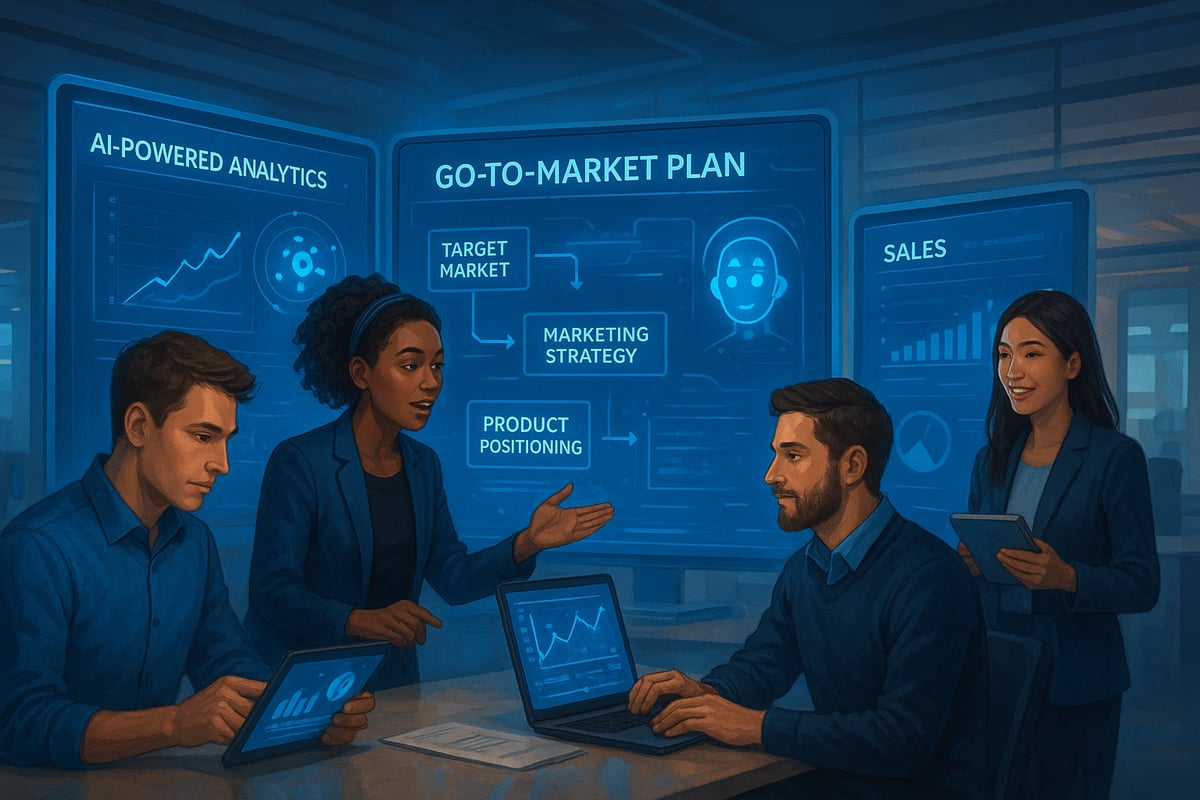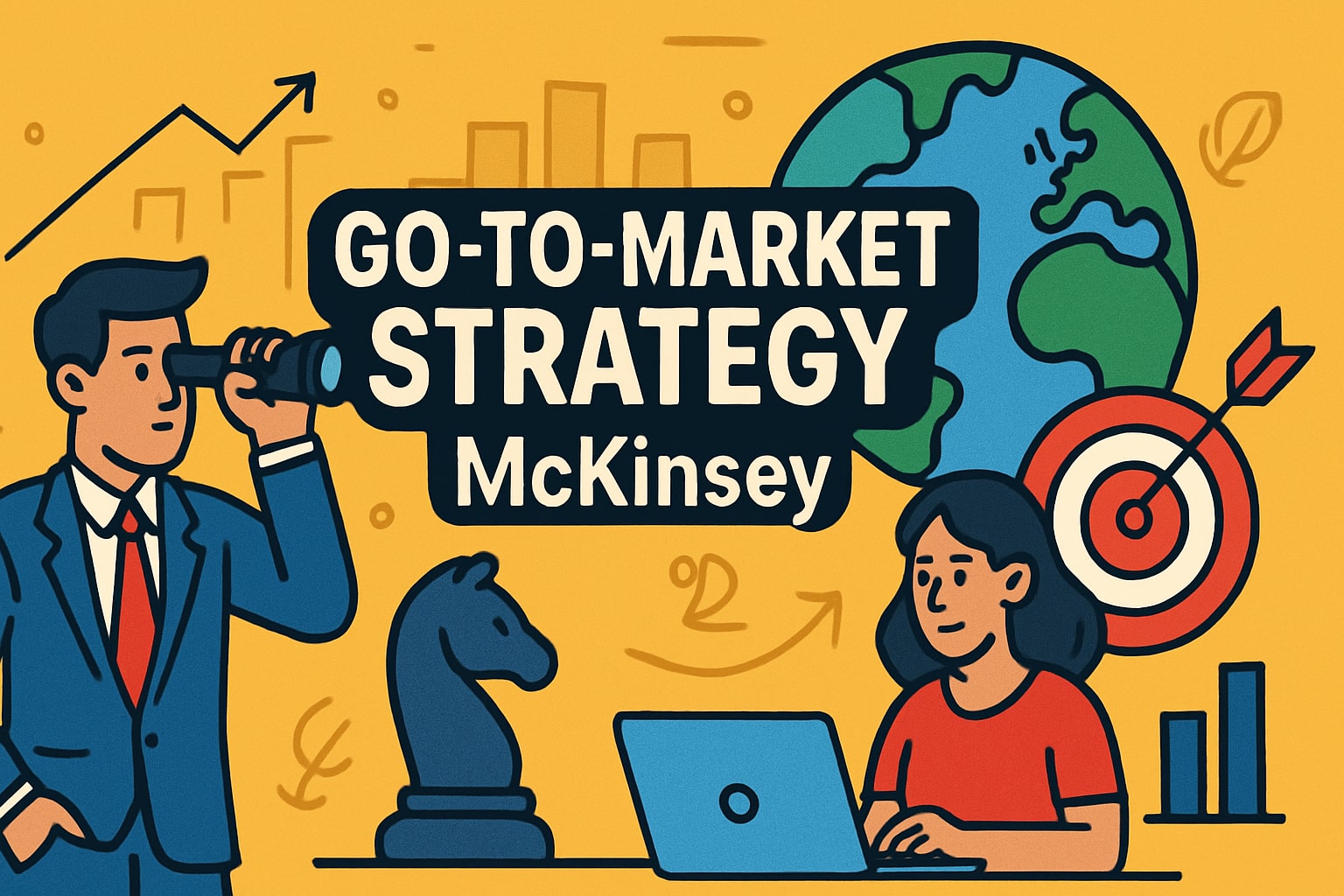Go to Market Plan Sample: The Essential Guide for 2025


In 2025, the B2B SaaS landscape is shifting faster than ever before, driven by fierce competition and relentless advances in AI. Companies that succeed are those that move quickly and align every team around a clear strategy. Agentic AI is changing the rules, automating research, messaging, and even sales execution.
This guide delivers a go to market plan sample built for the realities of 2025, giving startups and enterprises a proven path to scalable, predictable revenue. Inside, you’ll find step-by-step frameworks, actionable insights, and real-world examples—all designed to unify product, marketing, and sales into a single growth engine.
Ready to outpace disruption and drive measurable results? Let’s dive into what makes a modern go to market plan sample your blueprint for success.
What is a Go to Market Plan?
A go to market plan sample is a strategic blueprint that guides B2B SaaS and enterprise software companies as they introduce new products or expand into new markets. It aligns teams around a clear path to revenue, ensuring every action is intentional, measurable, and aimed at sustainable growth.
At its core, a modern go to market plan sample includes:
- Target market and ideal customer profile (ICP)
- Value proposition tailored to buyer needs
- Channel strategy (direct, partner, digital)
- Pricing and packaging approach
- Sales and enablement strategy
Over time, these plans have evolved from static documents to dynamic, data-driven playbooks. Today, Agentic AI and automation platforms continuously analyze market signals, allowing teams to adjust in real time and stay ahead of competitors.
Cross-functional alignment is critical. When product, marketing, and sales operate as one, companies achieve faster time to market and greater ARR impact. Slack’s rapid enterprise adoption, for example, was powered by a unified GTM strategy that combined product-led growth with targeted sales enablement.
According to Gartner, 70% of failed product launches result from poor go to market planning. Success hinges on clear KPIs, robust market validation, and continuous feedback loops.
Common pitfalls to avoid:
- Teams working in silos
- Unclear or generic messaging
- Skipping market validation or customer feedback
For a practical starting point, explore this go-to-market plan template to structure your own approach.
A well-executed GTM plan is the foundation for scalable, repeatable revenue in today’s fast-moving SaaS landscape.

Step 1: Market Research and Segmentation
Building a successful go to market plan sample begins with deep market research and smart segmentation. In today’s B2B SaaS landscape, understanding your audience and the market’s evolving dynamics is crucial for scalable, repeatable growth. Let’s break down how modern teams use data, AI, and Agentic Automation to uncover high-potential segments and outpace the competition.

Understanding Your Ideal Customer Profile (ICP)
Defining your Ideal Customer Profile is the cornerstone of any go to market plan sample. For B2B SaaS, this means combining firmographics, technographics, and pain points to pinpoint where your product delivers the most value.
- Firmographics: Company size, industry, revenue, and location.
- Technographics: Existing software stack, digital maturity, and IT infrastructure.
- Pain Points: Specific challenges your solution addresses, such as workflow bottlenecks or security gaps.
Agentic AI now enables teams to automate and scale this process. Imagine using AI to sift through millions of data points, highlight patterns, and suggest promising segments. For example, segmenting by industry and digital maturity can reveal untapped opportunities for tailored outreach.
Here’s a simple table to guide segmentation:
| Criteria | Example Values |
|---|---|
| Industry | SaaS, FinTech, Retail |
| Company Size | 100-500, 500-1000 |
| Tech Stack | AWS, Azure, GCP |
| Digital Maturity | Early, Advanced |
With Agentic Automation, you can quickly test, refine, and prioritize these segments for maximum impact.
Competitive Analysis and Market Sizing
A robust go to market plan sample also requires mapping the competitive landscape and sizing your market. Start by identifying direct competitors and analyzing their positioning, pricing, and customer base. Use frameworks like SWOT or Porter’s Five Forces to spot threats and whitespace.
Agentic AI can track competitor moves, product launches, and shifting customer sentiment in real time. This intelligence helps you adjust your strategy before the market changes. According to Forrester, companies using AI-powered segmentation see 33% higher conversion rates.
When sizing your market, leverage industry reports and tools to estimate total addressable market (TAM) and serviceable obtainable market (SOM). For current data on SaaS market growth and trends, check out the SaaS Market Statistics and Growth Projections. Align your segmentation with product-market fit and growth goals, but avoid over-segmentation that can dilute focus.
Getting this first step right sets the stage for targeted messaging, efficient resource allocation, and faster pipeline growth.
Step 2: Crafting a Differentiated Value Proposition
A compelling value proposition is the heartbeat of any successful go to market plan sample. For B2B SaaS, it means speaking directly to both enterprise decision-makers and technical users. You must dig deep into your ideal customer profile, surfacing their pain points and business drivers. When product, marketing, and sales teams align on messaging, you create a unified front that accelerates trust and shortens sales cycles.
Agentic AI is transforming how companies personalize messaging at scale. Imagine leveraging AI to analyze customer signals in real time, then adjusting your pitch before the next meeting. Notion did this brilliantly, evolving their platform’s story to win over enterprise IT leaders. To build your own go to market plan sample, explore frameworks in the GTM plan template guide, which offers practical prompts for cross-team alignment. Use bulletproof tools like value proposition canvases and messaging grids, then test and refine your message using live customer feedback and analytics.

Step 3: Channel Strategy and Sales Enablement
In today’s crowded SaaS landscape, the right channel mix and empowered sales teams are the backbone of any effective go to market plan sample. With Agentic AI and analytics, B2B companies now have unprecedented precision in choosing, optimizing, and aligning their growth engines.

Selecting and Optimizing GTM Channels
A robust go to market plan sample starts by mapping out the most effective routes to your audience. Modern options include:
- Direct sales for high-touch enterprise deals
- Partner channels to expand reach
- Inbound and outbound marketing for lead generation
- Product-led growth for viral adoption
Agentic AI streamlines channel selection by analyzing conversion rates and pipeline velocity. For example, HubSpot’s multi-channel approach leverages analytics to prioritize spend and effort. According to B2B SaaS Marketing Statistics and Trends, companies using AI-powered segmentation see a 33% higher conversion rate. The key is balancing focus with scale, avoiding wasted resources on underperforming channels.
Sales Enablement and Team Alignment
To bring a go to market plan sample to life, sales enablement must go beyond training. AI-driven playbooks and real-time dashboards equip teams with winning strategies, messaging, and performance insights. Key elements include:
- Operational dashboards tracking pipeline and ARR
- Continuous onboarding and upskilling programs
- Alignment of sales and marketing KPIs
Agentic Automation personalizes outreach and ensures every rep delivers relevant value. Data shows that aligned teams drive 36% higher customer retention. When product, marketing, and sales function as a single growth unit, SaaS businesses unlock scalable, repeatable revenue growth.
Step 4: Launch Execution and Measurement
A successful go to market plan sample for B2B SaaS hinges on how you execute and measure your launch. Execution is not a one-time event, but a continuous process that blends preparation, agility, and rigorous analytics.
Phased Launch: Pilot, Beta, and Rollout
Break your launch into distinct phases to minimize risk and maximize learning:
- Pilot: Test your core value proposition with a small group of target customers.
- Beta: Expand to a broader segment, gather feedback, and refine your offering.
- Full-Scale Rollout: Deploy to your entire target market, leveraging insights from earlier phases.
Each phase should have specific objectives, such as pipeline targets, ARR goals, and customer acquisition cost metrics. This structured approach helps teams stay aligned and adapt quickly to market signals.
Real-Time Optimization with Agentic AI
Modern launches require agility. Agentic AI empowers teams to monitor campaigns in real time, optimize messaging, and adjust channel investments instantly. For example, during Zoom’s explosive growth, rapid adjustments based on live user data accelerated adoption and market share.
Dashboards powered by Agentic AI provide instant visibility into KPIs like conversion rates, ARR impact, and lead quality. According to SaaStr, 60 percent of SaaS leaders say real-time analytics are critical for launch success. For actionable templates, check out this go-to-market strategy sample to see how measurement frameworks are built into modern GTM plans.
Feedback Loops and KPI Dashboards
Continuous improvement is essential for any go to market plan sample. Build feedback loops by integrating customer insights into product and messaging updates. Use operational dashboards to track key metrics:
- Pipeline growth
- Customer retention
- Channel performance
This data-driven mindset ensures that your GTM execution remains agile, scalable, and aligned with revenue goals.
Real-World Example: GTM Plan Sample Template for 2025
Building a winning go to market plan sample for 2025 means combining strategic clarity, actionable frameworks, and Agentic AI for speed and precision.
Start with these core sections in your GTM plan:
| Section | Key Prompts & Data Fields | Example Use Case |
|---|---|---|
| Executive Summary | Mission, target market, ARR goals | Launching to mid-market tech firms |
| Market Analysis | ICP, market size, segmentation grid | Segment by industry and digital maturity |
| Value Proposition | Messaging framework, buyer pain points | Focus: AI-powered automation |
| Channel Plan | Direct, partner, product-led, inbound/outbound | Mix of outbound sales and content |
| Sales Enablement | Playbooks, Agentic AI tools, onboarding steps | AI-driven pipeline management |
| KPIs & Metrics | ARR, CAC, retention, conversion rates | Track using dashboards and real-time data |
Agentic AI personalizes outreach, tracks competitor moves, and optimizes campaigns in real time. For example, startups can automate ICP research while enterprises use Agentic AI for dynamic sales enablement.
Customize your template for company size, market stage, and growth goals. To ensure your plan is data-driven, reference benchmarks like those in The SaaS Go-To-Market Report for ARR and channel performance.
Scalability and adaptability are vital. Regularly update your GTM plan as market conditions shift and new AI capabilities emerge.
We’ve covered a lot in this guide—from real-world stories of how SaaS companies like Slack and Notion cracked their go to market code, to hands-on frameworks for aligning your product, marketing, and sales into a single growth engine. Maybe you’re thinking about how all these strategies could play out for your own team in 2025. If you’re ready to turn big ideas into repeatable revenue, why not take the next step and talk it through with someone who’s helped founders and teams just like yours? Book Your Personal Intro Call and let’s start mapping your path to scalable growth together.

Latest From
The Blog
Go To Market Strategy Consulting Guide For 2025 Success

Go To Market Strategy McKinsey Guide For Success 2025

Crossing the Enterprise Chasm: A Practical Guide to Sales-Led Growth (SLG)


Let's Build The Future Together







.jpg)